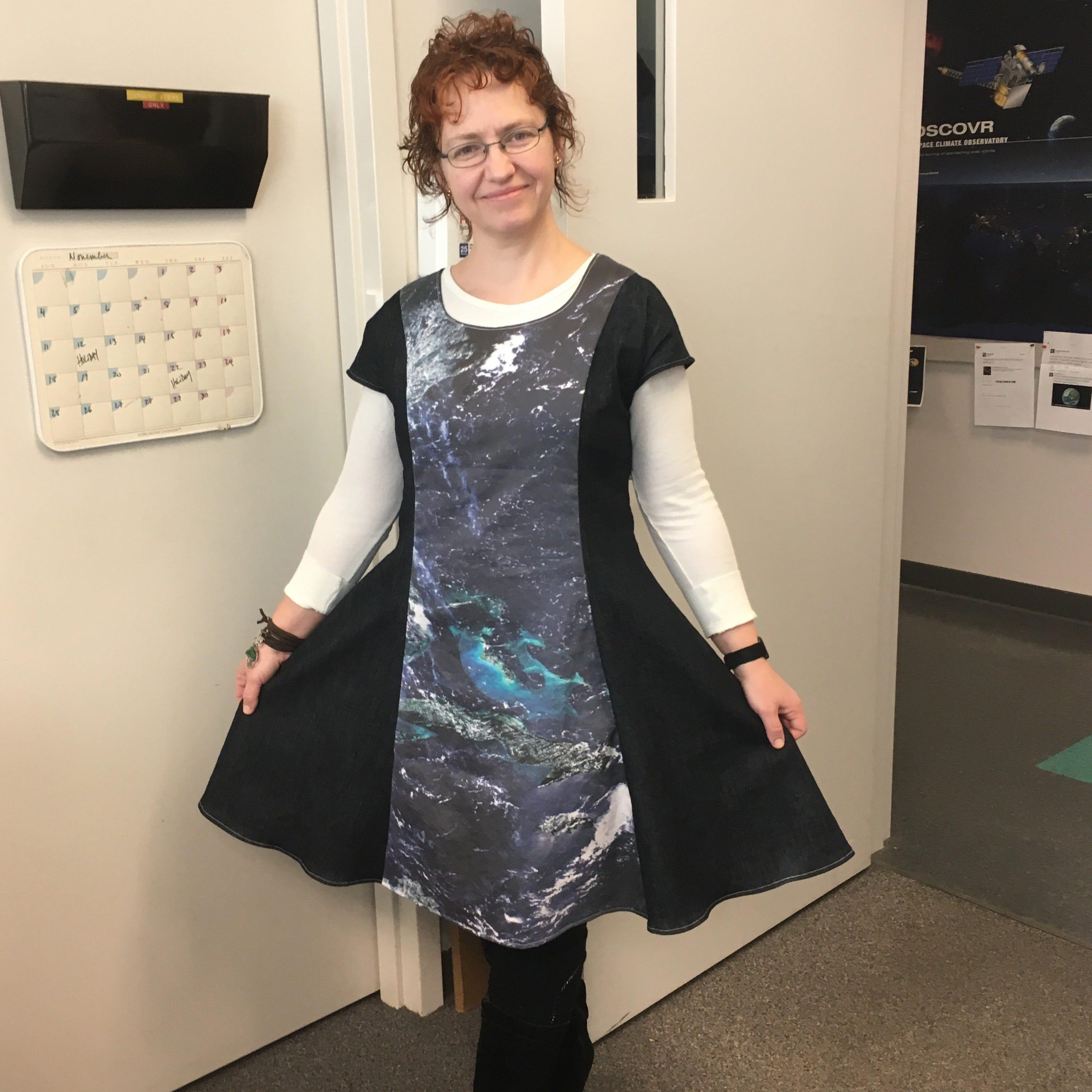Project Abstract
 Permafrost is ground that remains frozen for at least two consecutive years. It occurs under approximately one fourth of the northern hemisphere's land surface. In the far north, the permafrost is continuous across the landscape and contains large amounts of ice in its upper few meters. Thawing of permafrost has been observed at several locations across the Arctic in recent decades, yet the complete extent of permafrost degradation is not yet described. This is because it is difficult to directly measure permafrost. However, the presence and health of permafrost can be inferred from characteristic ground surface features. For example, permafrost can be detected from detailed satellite images through the presence of 30-meter-wide ice-wedge polygons. It is important to detect areas with thawing permafrost to identify challenges for infrastructure that depend on a foundation of solid ground. This project is developing the Permafrost Discovery Gateway, an online platform that makes permafrost information more accessible and discoverable by the public. The public includes industry, non-profit organizations, and people living and working in the Arctic. Future workforce development includes the training of graduate students and postdocs in remote sensing technology. Five early career researchers are the lead investigators. The K-12 education community are receiving virtual resources to help them interact with the Permafrost Discovery Gateway. In addition, a collaborative art exhibition, an interactive digital story, and an online Earth as Art gallery are displaying Arctic landscapes to the general public. These tools enable diverse peoples of different technical backgrounds to interact with permafrost knowledge across the entire Arctic. This project informs the economy, security, and resilience of the U.S., the larger region, and the globe with respect to Arctic change.
Permafrost is ground that remains frozen for at least two consecutive years. It occurs under approximately one fourth of the northern hemisphere's land surface. In the far north, the permafrost is continuous across the landscape and contains large amounts of ice in its upper few meters. Thawing of permafrost has been observed at several locations across the Arctic in recent decades, yet the complete extent of permafrost degradation is not yet described. This is because it is difficult to directly measure permafrost. However, the presence and health of permafrost can be inferred from characteristic ground surface features. For example, permafrost can be detected from detailed satellite images through the presence of 30-meter-wide ice-wedge polygons. It is important to detect areas with thawing permafrost to identify challenges for infrastructure that depend on a foundation of solid ground. This project is developing the Permafrost Discovery Gateway, an online platform that makes permafrost information more accessible and discoverable by the public. The public includes industry, non-profit organizations, and people living and working in the Arctic. Future workforce development includes the training of graduate students and postdocs in remote sensing technology. Five early career researchers are the lead investigators. The K-12 education community are receiving virtual resources to help them interact with the Permafrost Discovery Gateway. In addition, a collaborative art exhibition, an interactive digital story, and an online Earth as Art gallery are displaying Arctic landscapes to the general public. These tools enable diverse peoples of different technical backgrounds to interact with permafrost knowledge across the entire Arctic. This project informs the economy, security, and resilience of the U.S., the larger region, and the globe with respect to Arctic change.
The main goal of this project is to develop supporting cyberinfrastructure to harness information from high-resolution satellite imagery. This approach is advancing the understanding of permafrost degradation across the entire Arctic. This project is: (1) utilizing existing Big Imagery, (2) refining and developing new automated remote sensing classification tools based on machine and deep learning techniques, (3) applying the mapping tools to Arctic satellite imagery, (4) making permafrost map products and tools publicly accessible, and (5) enabling discovery through visualization and analysis tools designed with users of the Permafrost Discovery Gateway. The project is producing a cyberinfrastructure framework that also includes existing Arctic map products. This framework, along with an engaged user community, is allowing researchers to better quantify the spatial extent of permafrost degradation across the Arctic. Potential controls (weather, topography, vegetation, soil properties) on permafrost degradation are also being evaluated. The Permafrost Discovery Gateway helps ensure information access to the broader research community and encourage new partnerships around knowledge of Arctic permafrost.
Logistics Summary
In this four-year collaboration between Liljedahl (2052107, LEAD, WCRC), Witharana (1927723, UConn), Jones (1927720, UCSB), McHenry (1927729, UIUC), and Cervenec (1927920, OSU) researchers seek to empower the broader Arctic community with a cyberinfrastructure platform, the permafrost Discovery Gateway (PDG), aimed at making Big Imagery permafrost information accessible and discoverable. This will include 1) utilizing existing public and license-restricted Big Imagery, 2) developing automated remote sensing classification tools based on machine and deep learning techniques, 3) applying tools to pan-Arctic satellite imagery to address a fundamental research question, 4) making permafrost map products and tools publicly accessible, and 5) enabling discovery and knowledge-generation through novel visualization and analysis tools designed with input from users of the PDG, e.g. the diverse peoples living, working, and/or studying in the Arctic. Regular online webinars and in-person workshops will foster continuous communication throughout the project. No fieldwork will be conducted. Two subawards are included for Alfred Wegener Institute for data processing and analysis and to Alaska Pacific University, who also represent the Local Environmental Observer (LEO) Network to gather and organize anecdotal data, facilitate connections and identify opportunities.
Keywords
Science gateway, big data, cyberinfrastructure, visualization, discovery
Project Location
Website
Project WebsiteDates
-Members
Principal Investigator
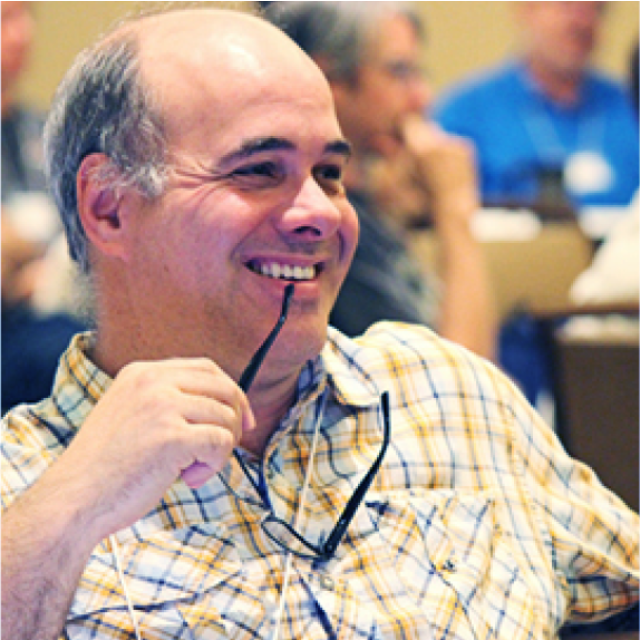
Co-Principal Investigator
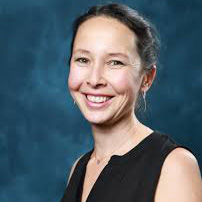
Principal Investigator

Principal Investigator

Co-Principal Investigator

Principal Investigator
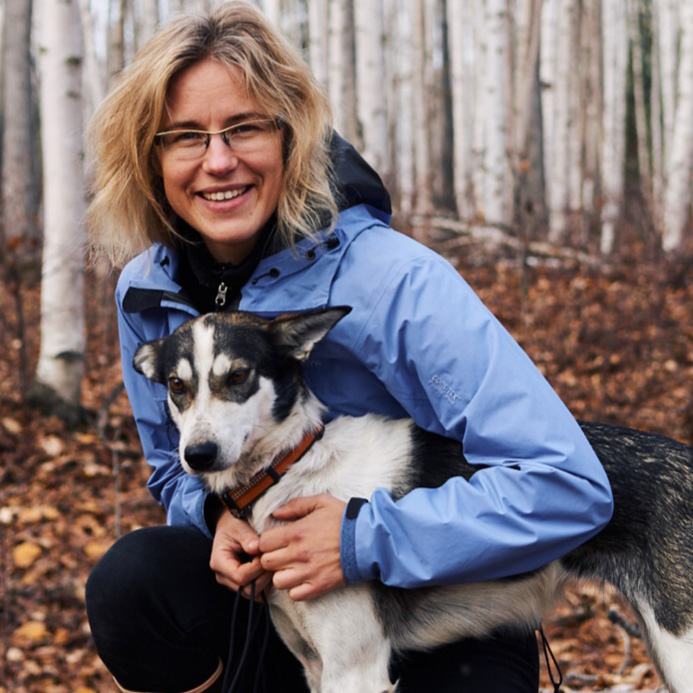
Co-Principal Investigator
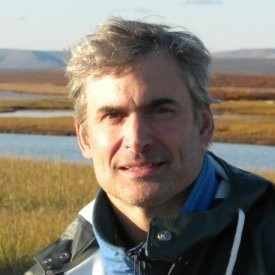
Co-Principal Investigator

Co-Principal Investigator

Principal Investigator
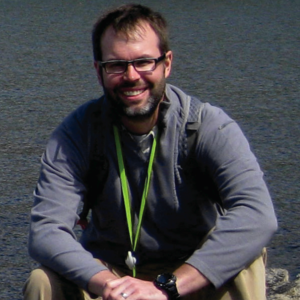
Co-Principal Investigator

Co-Principal Investigator
